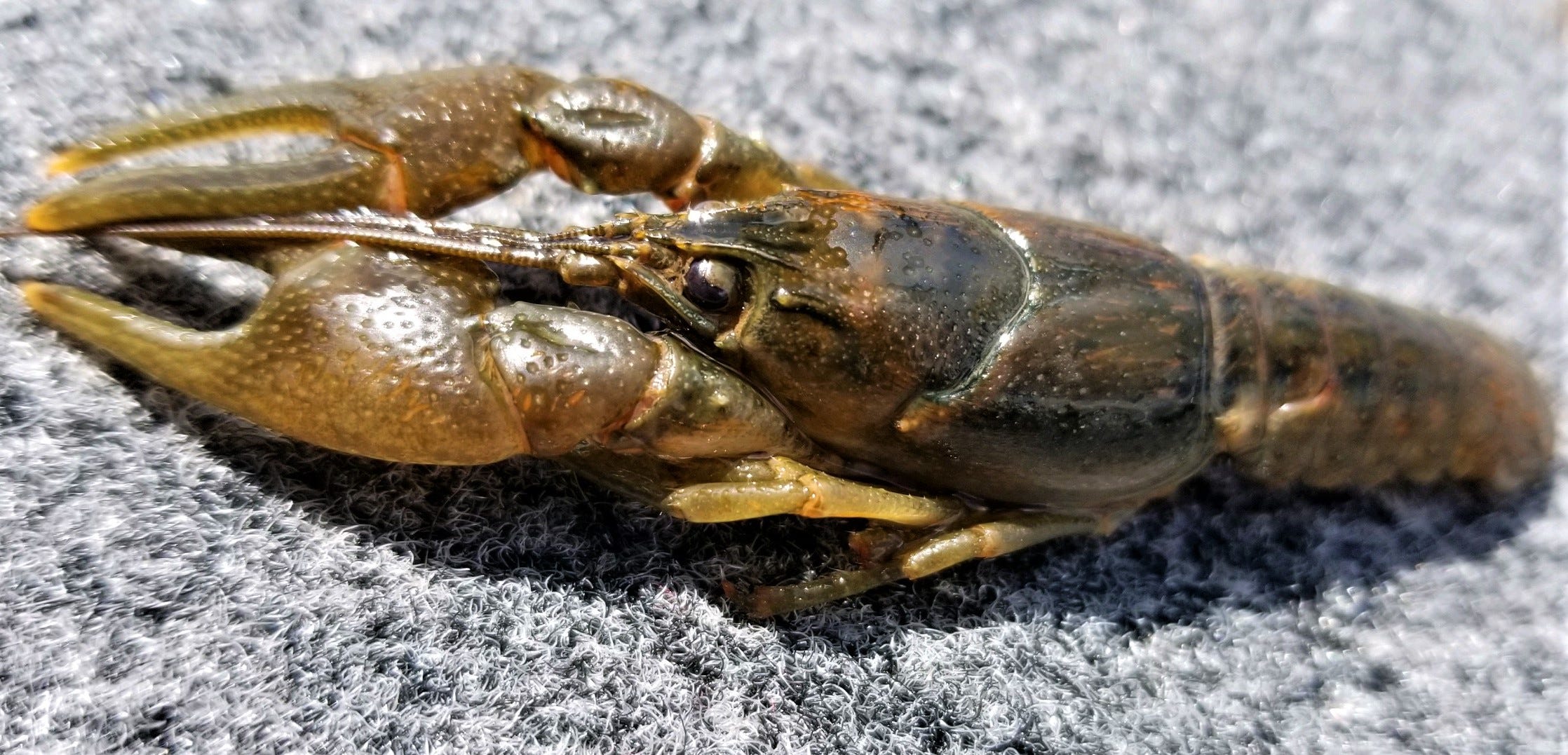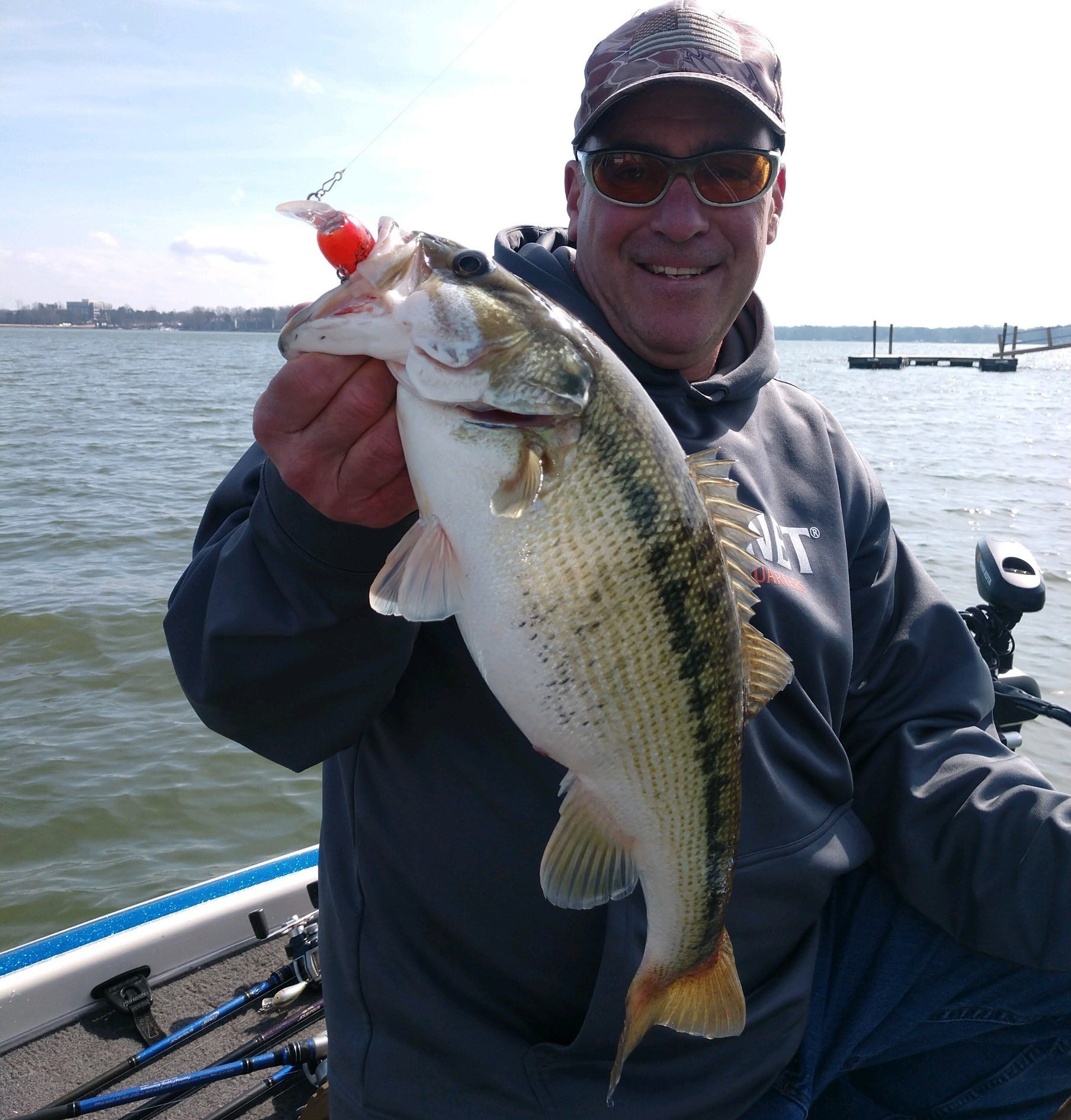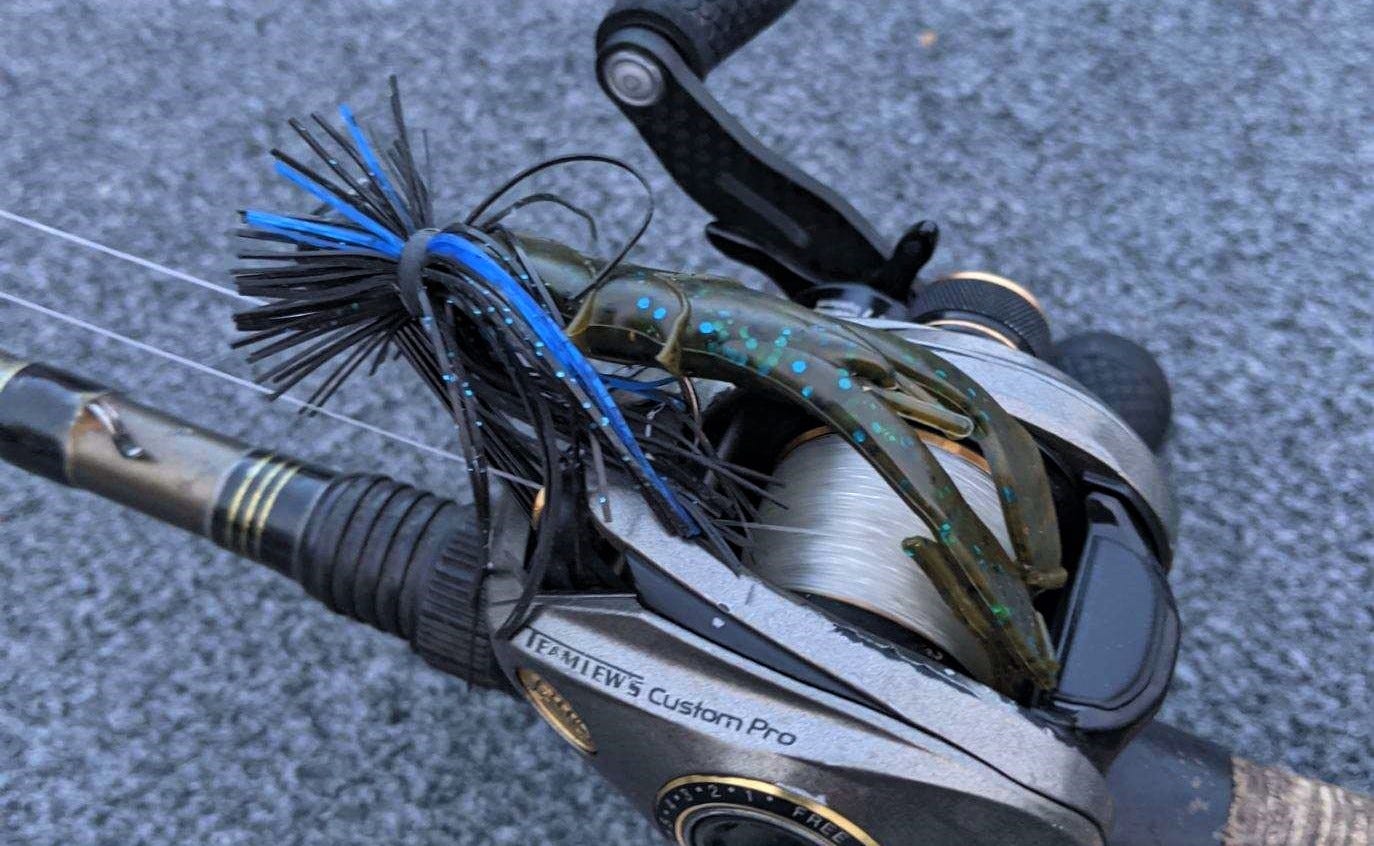- Apr 26, 2022
Bass Fishing 101: Matching the Hatch on Crawfish Colors
Learning more about crawfish colors based on region, conditions and season can help you catch more bass.
Former Bassmaster Elite Series pro Frank Scalish, who now designs baits for Norman Lures and other brands available on Lurenet.com, is fanatical about matching the hatch. An artist with an airbrush, the Ohioan obsesses over paint colors and schemes that precisely mimic whatever forage the bass favor. Scalish’s attention to every detail and deep experience make him the ideal Bass Fishing 101 instructor on the topic of crawfish colors.
When Scalish creates crawfish colors for crankbaits, he becomes especially dogmatic because he strives to replicate the various crayfish species in different regions of the country.
“Certain crayfish dominate in certain parts of the country,” Scalish said. “For example, crayfish in Texas and Louisiana are all variants of red. The rusty crayfish is native to the Ohio River Basin. It has rust or orange-colored makings on its sides. The rest of that craw is green pumpkin or an almost blackish green pumpkin.”
Matching Colors


To help you choose crawfish colors that appeal to bass where you fish, Scalish suggests some Bass Fishing 101 internet research.
“Go to a search engine and type in crayfish colors for the region you live in,” Scalish said. “It will pull up images of craws that the bass in your area feed on. You can even type in crayfish colors for specific lakes. When you go to those lakes, choose bait colors that match the most predominant species of crayfish there. The state of Michigan has a chart just on crayfish.”
A caveat with this approach is that crayfish are being found in lakes that are not in their native range. This may be due, in part, to live-bait anglers dumping unused live craws into the water. In some instances, the invasive crayfish are quite prominent, and you may need to match their coloration.
Nuances in crawfish colors are also influenced by the water color, what the craws eat and at what stage they are in with regard to molting, Scalish noted.
Nothing beats inspecting a crawfish from the waters you are fishing. A common practice among savvy anglers is to look into their livewells after they have put bass into them. If the bass are feeding on craws, they will often spit up pincers or other pieces of the partially digested crustaceans. These bits and pieces can provide clues to help you dial into hues that will better match the forage.
As an aspiring young angler, Scalish had many hands-on crayfish experiences while snorkeling in Lake Erie to catch craws for smallmouth fishing.
“Aside from their rust color, most of those craws are a transparent green pumpkin or watermelon,” Scalish said. “The tips of their pincers are vibrant orange, which is specific to Erie, St. Clair and the other Great Lakes. If you dip just the very tips of a Watermelon Seed YUM Tube’s tentacles in orange dye, you’ve got a perfect imitation.”
Crawfish Crankbaits


Crayfish pattern crankbaits can be productive in any season, but they truly shine during spring. When bass first move toward the bank in spring, the water remains chilly, and the fish have not yet moved into shallow spawning areas.
“In early spring the bass are not quite on the bank yet,” Scalish said. “They’ll be on points, high spots and secondary creek ledges that are connected to the mainland. The Norman Deep Little N in Chili Bowl or Ghost Pepper is deadly in this situation. It gets down about 10 feet.”
As the water warms the bass move shallower. This is when Scalish combs 45-degree angle sloping banks with a Norman Speed N and Speed N Jr. in Chili Bowl, Ghost Pepper and Diamond Craw patterns.
An overlooked crankbait that does well in both situations is the Rebel Deep Wee Crawfish, Scalish added. It has a very realistic crawfish shape and dupes bass from the shallows to depths of 8 feet.
“Chartreuse Brown, Stream Crawfish and Nest Robber are my favorite colors with the Deep Wee Crawfish,” Scalish said. “Texas Red is pretty good, too. It has a brown carapace and a red belly.”
Jig & Soft Plastics


Crawfish colored jigs, jig trailers, and soft plastic craws fished as a Texas or Carolina rig catch bass spring through fall. Just as with crankbaits, matching the color variations of the crayfish where you’re fishing yields more bites, Scalish stressed.
Jigs are especially good for matching a craw's coloration, as you can vary the hue of the jig’s head and may select precisely what you need from myriad skirt and soft plastic bait colors. Scalish learned how important the right combination is when he finished second in a Bassmaster Elite Series tournament on Lake Champlain several years ago.
In practice he got onto a smallmouth pattern 4 to 8 feet deep, where patches of cabbage and milfoil were interspersed by rock. This was prior to him becoming obsessed with crayfish colors. The gin clear water prompted him to pitch a jig in what he then deemed to be a natural color. It was green pumpkin dressed with a green pumpkin and olive skirt and tipped with a matching plastic chunk.
Although he caught enough bass on that jig to confirm the pattern, the bites were slow in coming. He had another flipping rod on his deck rigged with a black and blue jig, which he had intended to use in any dingy water he happened to come across. Black and blue has long been regarded as top color combo for muddy water.
“When I switched to a black and blue jig, not only did I get way more bites, the bites were much harder,” Scalish said. “When I got home, I started researching crayfish colors and found that black and blue crayfish live in Champlain.”
When the water temperature is below 55 degrees in the spring, Scalish tends to start with jigs that have a red or orange hue in them. As the water warms, he goes with colors that closely resemble the native crayfish. YUM’s Money Craw and Spine Craw are his go-to jig trailers. He also fishes these soft plastic baits Texas rigged and Carolina rigged. The Bama Magic and Green Pumpkin/Blue Flake colors have done well for him on many waters.



